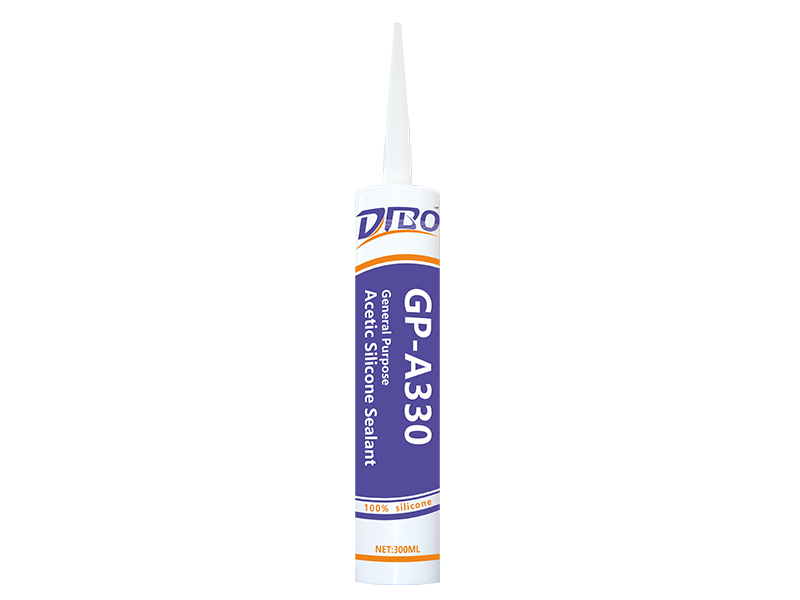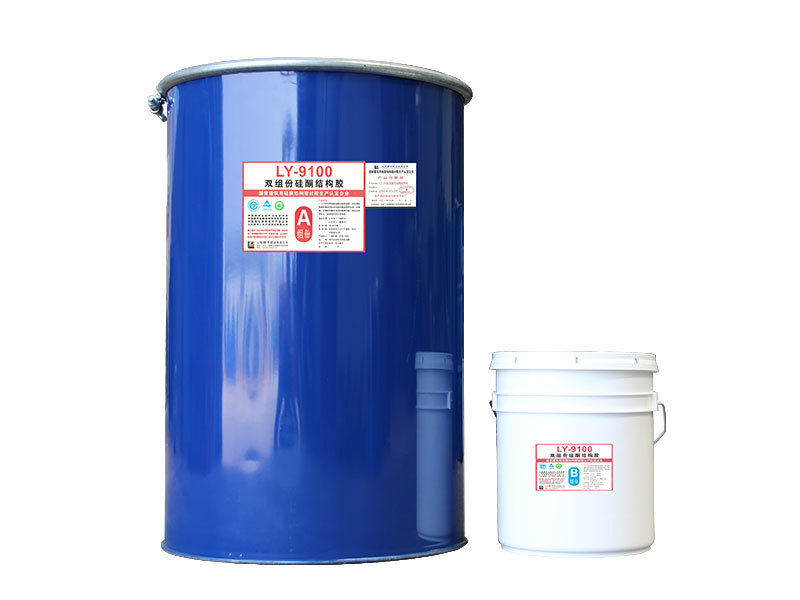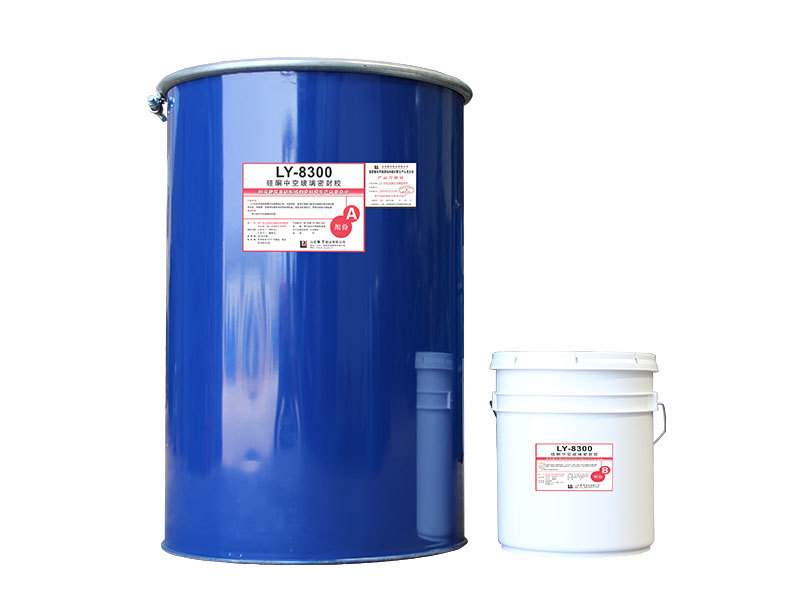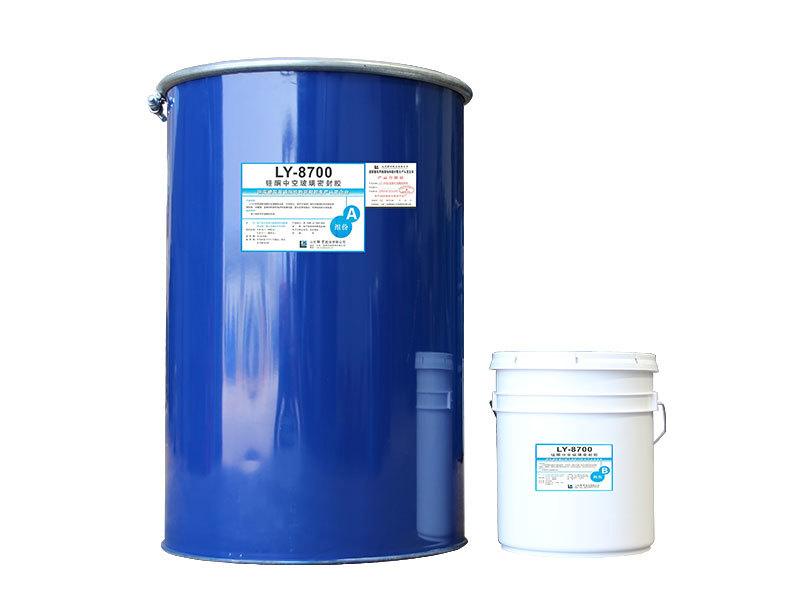How Silicone Weathering Glue Resists Acidic Conditions: A Comprehensive Guide
Upload Time:
2024-12-09
Introduction to Silicone Weathering Glue Silicone weathering glue has revolutionized the adhesive industry by offering unparalleled performance in harsh conditions. In particular, its ability to resist acidic environments makes it a preferred choice for many applications. This article explores how silicone weathering glue withstands acidic conditions and why it is important for various industries.

Introduction to Silicone Weathering Glue
Silicone weathering glue has revolutionized the adhesive industry by offering unparalleled performance in harsh conditions. In particular, its ability to resist acidic environments makes it a preferred choice for many applications. This article explores how silicone weathering glue withstands acidic conditions and why it is important for various industries.
Understanding Silicone Adhesives
Silicone adhesives are synthetic polymers known for their flexibility, durability, and resistance to moisture and temperature fluctuations. These unique properties make silicone a suitable choice for various applications, from construction to automotive industries.
The Chemistry Behind Silicone Glue
Silicone weathering glue is primarily composed of a siloxane backbone, which provides excellent durability and flexibility. The chemistry of silicones allows them to maintain structural integrity in extreme environments, including acidic conditions.
Why pH Resistance Matters
The pH level of an environment can significantly affect the performance of adhesives. Acidic conditions can degrade many types of glue, leading to failure in adhesion. Silicone weathering glue, however, is engineered to resist degradation in low pH environments, ensuring longevity and reliability.
Properties of Silicone Weathering Glue
To understand how silicone weathering glue resists acidic conditions, it’s essential to examine its unique properties.
Excellent Adhesion
Silicone weathering glue exhibits superior adhesion to a wide range of substrates, including metals, glass, and plastics. This versatility makes it ideal for applications where different materials need to be bonded, especially in environments exposed to acidic elements.
Temperature Stability
Another remarkable property of silicone adhesives is their ability to maintain performance across a broad temperature range. They can withstand extreme heat and cold without losing their adhesive qualities, ensuring that they remain effective even in challenging conditions.
Flexibility and Durability
The inherent flexibility of silicone allows it to absorb shocks and vibrations without cracking or losing adhesion. This characteristic is crucial in applications such as automotive and construction, where materials expand and contract due to temperature changes.
Applications of Silicone Weathering Glue
Silicone weathering glue finds application in various industries due to its robust performance in acidic conditions.
Construction Industry
In construction, silicone weathering glue is used for sealing joints and bonding materials in environments exposed to corrosive elements. Its resistance to acidity makes it ideal for projects near industrial sites or chemical plants.
Automotive Applications
Automotive manufacturers utilize silicone weathering glue for bonding components and sealing gaps. Its ability to withstand acidic battery leaks and harsh environmental conditions ensures longevity and reliability in vehicles.
Electronics Sector
In electronics, silicone adhesives are used to secure components and protect them from moisture and contaminants. Their resistance to acidic conditions is crucial in ensuring the longevity of electronic devices in various environments.
Comparing Silicone Weathering Glue with Other Adhesives
When choosing an adhesive for acidic conditions, it is important to compare silicone weathering glue with other options.
Epoxy vs. Silicone Adhesive
While epoxy adhesives offer strong bonds, they can be susceptible to degradation in acidic environments. Silicone weathering glue, on the other hand, excels in such conditions without compromising bond strength.
Polyurethane Adhesives
Polyurethane adhesives are known for their flexibility and durability, but they can also break down in acidic settings. In contrast, silicone’s unique formulation ensures consistent performance even in the presence of corrosive substances.
Cost vs. Performance
While silicone weathering glue might have a higher initial cost than some alternatives, its long-term performance and reduced need for repairs or replacements often make it a more economical choice.
How to Apply Silicone Weathering Glue Effectively
To maximize the performance of silicone weathering glue, proper application techniques are essential.
Surface Preparation
Begin by cleaning the surfaces to remove dirt, grease, and contaminants. A clean surface ensures better adhesion and bond strength.
Application Techniques
When applying silicone weathering glue, use a caulking gun for a smooth and even application. Be sure to apply enough adhesive to create a strong bond without excessive overflow.
Curing Time and Conditions
Allow the adhesive to cure as per the manufacturer's instructions. Curing times can vary based on temperature and humidity, so it's crucial to consider these factors for optimal performance.
Long-Term Performance and Maintenance
Understanding how to maintain silicone weathering glue can significantly extend its lifespan.
Regular Inspections
Conduct routine inspections of bonded areas to identify any signs of degradation or failure. Early detection can prevent larger issues down the line.
Repairing Bonded Areas
In case of damage, silicone weathering glue can often be reapplied without stripping the original adhesive. This feature simplifies repairs and enhances durability.
Environmental Considerations
Silicone weathering glue is also environmentally friendly. It is free from harmful solvents and can often be used in indoor environments without releasing toxic fumes.
Frequently Asked Questions (FAQs)
1. Can silicone weathering glue be used outdoors?
Yes, silicone weathering glue is highly suitable for outdoor applications due to its resistance to UV rays and temperature fluctuations.
2. How does silicone weathering glue compare to traditional glue?
Silicone weathering glue offers superior adhesion, flexibility, and resistance to acidic conditions compared to traditional adhesives.
3. Is silicone weathering glue waterproof?
Absolutely. Silicone adhesives provide excellent waterproofing properties, making them ideal for use in wet environments.
4. How long does silicone weathering glue take to cure completely?
Curing times can vary, but silicone weathering glue typically cures within 24 hours under standard conditions.
5. Can silicone adhesive be painted over?
Yes, silicone weathering glue can be painted over, but it’s important to use a compatible paint for optimal results.
Conclusion
Silicone weathering glue stands out in its ability to resist acidic conditions, making it an essential component in various industries. Its unique properties, including excellent adhesion, temperature stability, and flexibility, ensure reliability and longevity in harsh environments. By understanding its applications, properties, and maintenance requirements, you can make informed decisions about using silicone weathering glue effectively. As industries continue to evolve, the demand for durable and resilient adhesives like silicone weathering glue will only grow, ensuring its place in modern applications.
Relevant News




